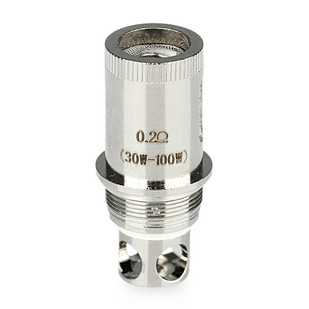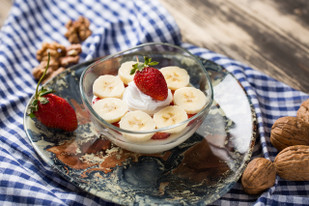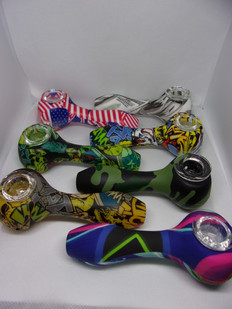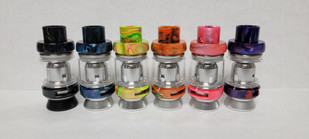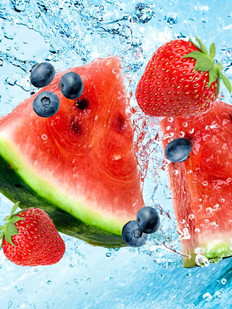- Home
- The Vape Mall Blog
- 3 Ways to Tell How Your E-Juice Might Be Affecting Your Tank
3 Ways to Tell How Your E-Juice Might Be Affecting Your Tank
Posted on
There are tonsand tons of e-juices to choose from these days, and one of the top aspects ofvaping is being able to experience as many flavors as you can. However, not all of them are so great, as a competitive market drives companies to focus on quantity over quality, resulting in hastily formulated poorly executed mixes. Cheaper e-liquids can contain higher amounts of Propylene Glycol (the flavor carrying agent) and depending on the tank being used, may be too thin, resulting in spit back or leaks. E-juices that use citrus type flavorings have a higher acidity and can erode the plastic in Polycarbonate tanks. Others contain naturally dark flavorings with higher concentrations of sweetener that can gunk up your coils faster through the caramelization process.
The type of e-liquid you select can
affect your
vape tank,
and that is where we are going to cover how certain liquids can do this, along
with ways to prevent or fix any issues that may arise.
Using a Plastic Tank
If you are using a vaping
device
with a plastic or Polycarbonate
tank, certain e-juices can actually crack your tank if you aren’t careful.
Juices that contain heavy citrus, sour, or cinnamon notes have been found to
occasionally cause the plastic in some of these tanks to erode and eventually
crack. Sometimes, specific liquids are documented in forums as being tank
crackers, so if you are unsure about the flavoring used to achieve that green
apple note in the juice you want, do a little research and see if anyone has
experienced any issues. Again, this only applies to users of plastic tanks, so
there is no need to worry of your glass tank shattering in this case.
Thickness of Your E-Liquid
The thickness of your e-liquid can
also have an effect on your tank. For larger, sub ohm tanks, it is generally
accepted that a liquid with a higher Vegetable Glycerin (VG) content is used.
These setups are designed for maximum
wickability, so if the juice is too thin, the wicking material may
become oversaturated and allow excess juice to enter your mouth rather than be
vaporized. Furthermore, Propylene Glycol (PG) has a distinct bitterness that
will be more noticeable on sub-ohm builds by the larger clouds they produce.
But for smaller setups, a higher ratio of PG is required as juice that is too
thick will fail to be properly wicked, resulting in burnt hits and a ruined
atomizer. Take your tank into consideration with respect to the type of vapor
it's designed to put out when deciding which concentration of these substances
will best suit your build. This will ensure that your coils last longer and
your tank doesn't fail to produce.
E-Juice Flavorings
Finally, certain e-juices have
flavorings that have darker coloring or coloring agents for aesthetic marketing
purposes. Bear in mind that darker juices are going to cause your wicks to
become discolored at a quicker rate, and seem to contribute to faster buildup
on the coils and the tank itself. The same can be said of juices with a lot of
sweetening agent. When the sugar comes into contact with the coils in high
concentrations, excess caramelization can occur on the coils as not all of it
is able to be vaporized. This caramelization effect is responsible for much of
the gunk buildup in tanks and atomizers, so if you are addicted to those super
sweet mixes, be prepared to replace your pre-mades more often, or have to
re-wick and clean more frequently than normal to avoid undesired side effects.
If you follow these guidelines properly, you should be able to take better control
over your vaping experience. Knowing how certain e-juices can affect your tank
will allow you to get the most life out of your equipment and prevent potential
issues in the future.
 Loading... Please wait...
Loading... Please wait...



